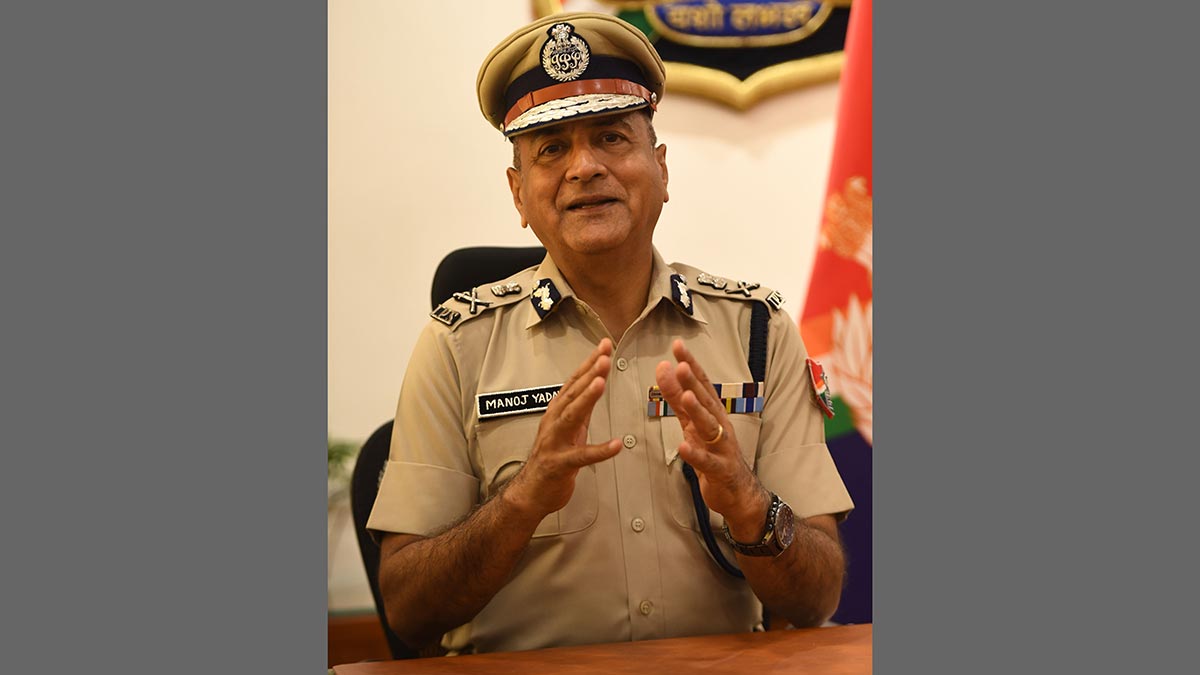‘Covid-19 pandemic opened huge door for trafficking’: Manoj Yadava, DG, RPF
 Manoj Yadava | Kritajna Naik
Manoj Yadava | Kritajna Naik
Interview/ Manoj Yadava, director general, Railway Protection Force
Q. Why is there an increase in the number of lost children found at railway stations and on trains?
A. In 2024, 14,756 children were rescued from railway stations across the country―a threefold increase compared with 2020. We usually see a spike during school holiday season, but the number surged after the Covid-19 pandemic. Many families lost their jobs and began sending their children to cities for work. That opened a huge door for exploitation and trafficking.
Q. How many children does the RPF rescue each year? How many are reunited with their families?
A. On average, we rescue about 15,000 children every year, about one-third of them girls. They are handed over to the CHD or the CWC. Since the next steps happen through these agencies, we don’t maintain any final data on the children.
Q. How are RPF officers trained to handle these children?
A. We train our officers to handle them with care and sensitivity. They learn about child protection laws and are taught to talk to children in a friendly and calm way so they feel safe. They know how to give first aid, collect basic details and alert the right authorities.
Q. Is working with rescued children emotionally difficult for officers?
A. Absolutely. Our women officers, especially, carry a deep emotional burden. They see their own child in that moment, not just a case number.
Q. Is the RPF using AI or digital tools to track such children?
A. In collaboration with tech partners and the National Crime Records Bureau, we have facial recognition system cameras to match missing children. We have a GIS-based (Geographic Information System) heat mapping system of runaway hotspots, and integrated apps for real-time reporting and alerts like Unified Mission Vatsalya, Khoya Paya Portal and many more.
Q. What is being done to prevent children from ending up at railway stations?
A. Prevention begins with awareness. We conduct various outreach programmes in schools, villages and vulnerable communities. We talk to not only children, but parents, too. We also work closely with NGOs and use social media to expand our reach and spread awareness.
Q. What is the long-term vision for making railway stations safer for children?
A. Our vision is clear―full-scale use of technology and full human collaboration. I would like to see AI-enabled CCTV systems that can detect distress or suspicious [people] accompanying children and alert our teams. I’d also like to strengthen our inter-agency collaboration [and make it] a seamless, fast-acting system. We are not just protecting railway stations, we are protecting futures.
The Week